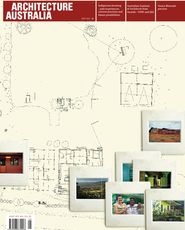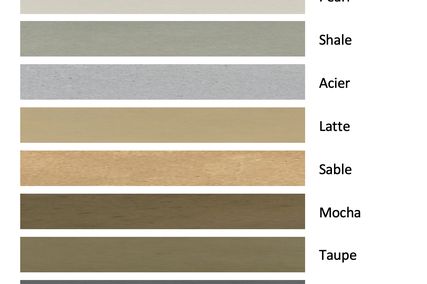This issue of Architecture Australia draws on last year’s conference Which Way? Directions in Indigenous Housing to introduce readers to some of the issues, ideas and work in the field of Indigenous housing. Some of our readers will already be very familiar with the complexities of the topic and the history of architectural involvement in the field, and will have worked with Indigenous communities themselves. But I expect a much greater proportion of the readers of Architecture Australia will only have a passing familiarity with the area. We hope that the array of work and essays presented here will help inform these readers and encourage them to find out more. A significant body of knowledge has been built up in architecture over the past three decades, and in Indigenous community organizations – there is much to take forward and many experiences, both positive and negative, to learn from.
One of the more unusual aspects of this issue of Architecture Australia is that most of the writers are intimately involved with the projects they are discussing. This is quite different to our usual policy of independent peer review, however, it has worked well given the complexity of the subject matter. It allows special insight into the processes and issues at stake in the projects, with writers using their detailed knowledge to reflect on the successes, the problems and the opportunities of particular approaches.
The most significant lessons to be drawn from the conference, which are reiterated in different ways by the writers in this issue, are that one size does not fit all, and that the only chance of success is if Indigenous communities play an active role in the provision of their housing. As William Tilmouth put it in his essay, “We want to be at the table, talking with government, not being dictated to. We want to walk alongside others, not behind.” Walking alongside involves mutual respect and dignity. At Which Way? Fred Chaney pointed out that there can be no success without respect, while Kevin O’Brien made an eloquent call for an architecture of dignity.
Respect relies partly on attempting to understand the situation in which others find themselves. I don’t expect that all the readers of Architecture Australia will suddenly find the opportunity and the wherewithal to become directly involved in the Indigenous sector. Nonetheless, it is our responsibility to try to increase our understanding – to each play a part, however small, in developing respectful and productive relationships between Indigenous people and those who came later. I hope that this issue of Architecture Australia makes some small contribution to this end.
In developing the content for this issue I have benefited greatly from conversations with Paul Memmott, Carroll Go-Sam and Shaneen Fantin, as well as many of the writers and architects. I am very grateful to them for helping me to navigate this complex territory and giving me some insight into field of Indigenous housing.
Justine Clark, editor Architecture Australia.















